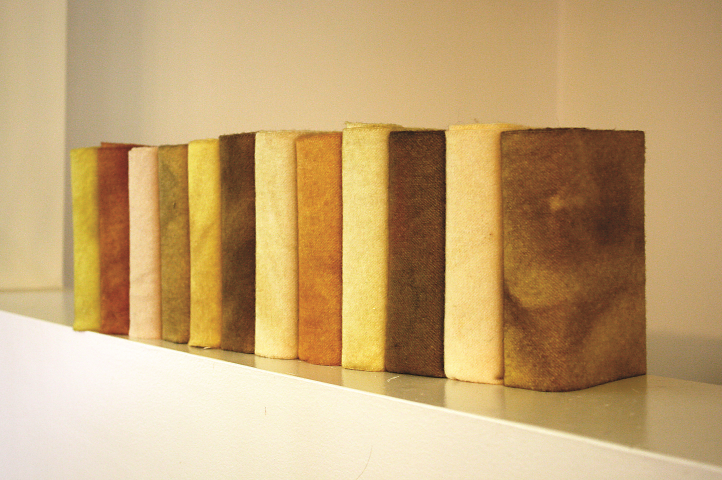
Is there any more difficult color to dye than yellow? We look for warm yellows but we are inundated with cool yellow dye colors. When we want to reduce yellow’s saturation, we know to add violet, yellow’s complement; but instead of the lovely yellow we expect, we have an ugly bronze. After hours of processing, yellow dye still remains in our dye pots. What’s going on with yellow?
I wasn’t looking forward to writing this article because, when it comes to yellow, I felt I had little to tell you that would help you in your dye kitchen.
Loathe to dye inside my house since it was so hot and humid, I set up a little outside dye kitchen. My little outdoor dye adventure proved to be the key to solving this plaguing problem with yellow that so many of us are having. Because of the heat of the day, I accidentally stumbled on how to rectify this: High heat, no acid until color clears, and no heat on after the acid.
Three kitchen kettles and my rice cooker served as my dye bath receptacles. With only two electrical plugs, I had to do a bit of juggling. I could only have one pot on high at a time. I added a few drops of synthropol and the wool into the cool-ish bath with the dye and I heated the dye baths up quickly to 400°F with the lid on. I let it boil—yes, truly boil—for 2 to 5 minutes. Then I turned the heat to very low or off.
After resting this way for 10 minutes for the light colors, 20 for the mediums, and 30 for the darks, the water was close enough to clear or perfectly clear. I had added no acid during this time. At this point I added 1/128 tsp. of citric acid crystals.
Yellow seems to need extreme heat. That is why when I spot dye at 350°F in my oven and when I use my electric skillet set to 400°F, yellow gives me no problem. If I were you, I’d not add acid until after all or most of the color has disappeared from your dye bath. I frequently have a water bath with acid added to it that I throw the wool into when it is done dyeing. This way I can use my acid-free dye bath to continue dyeing yellows.
THE FORMULAS
I made four formulas and from each of these got both a light and a dark yellow. I dyed only sample sizes of wool, 1/16 yard of natural wool, using Majic Carpet dye.
FORMULA 1
In 1/2 c. water, add:
1/64 tsp. Yellow
1/128 tsp. Orange
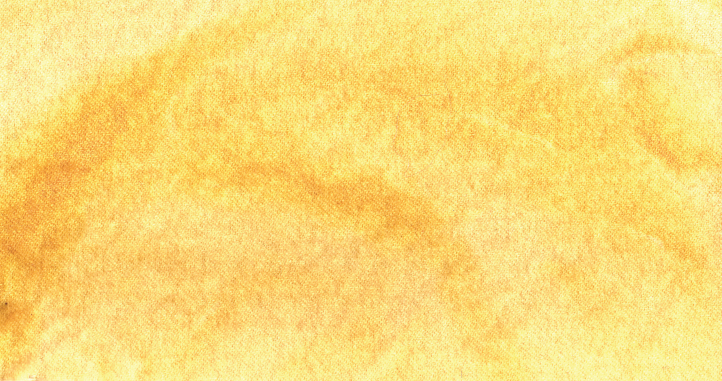
Butter
Butter
To make Butter, use 1 Tbsp. of Formula 1.
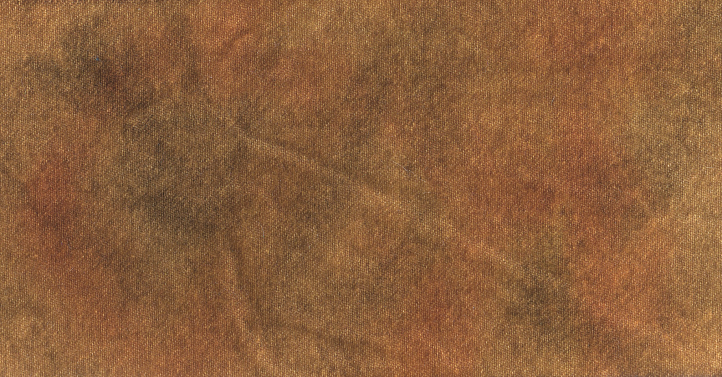
Buried Bullion
Buried Bullion
To make Buried Bullion, add in 1/128 tsp. Black and 1/128 tsp. Seal Brown to the remainder of Formula 1, or to the whole.
1/2 cup of Formula 1 if you desire only Buried Bullion. The 1 Tbsp. used for Butter will not make a perceptible difference if present or removed from the formula’s 1/2 cup. If you need a much, much brighter color, add no extra dye.
FORMULA 2
In 1/2 c. water, add:
1/64 tsp. Yellow
1/128 tsp. Seal Brown
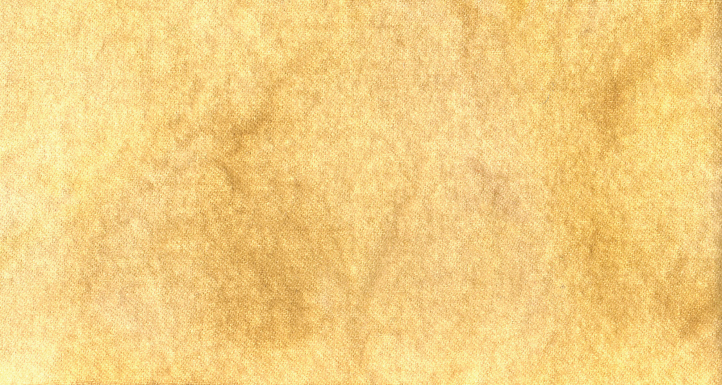
Maple Sugar Fudge
Maple Sugar Fudge
To make Maple Sugar Fudge, use 1 Tbsp. of Formula 2.
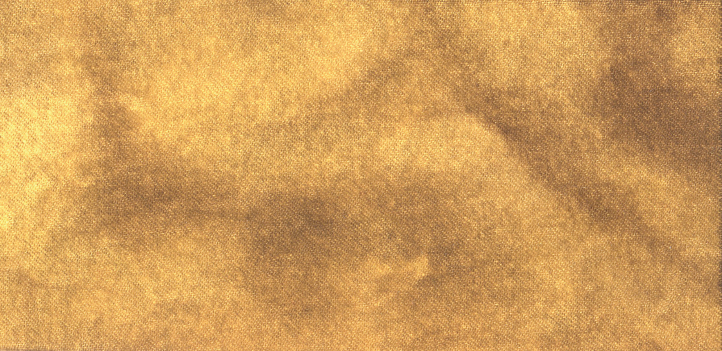
Oriental Dream
Oriental Dream
To make Oriental Dream, add the whole 1/2 cup plus or minus the 1 Tbsp. for Maple Sugar Fudge.
FORMULA 3
In 1/2 c. water, add:
1/64 tsp. Yellow
1 toothpick (damp, dipped in 1/2″) Black
1 toothpick (damp, dipped in 1/2″) Red
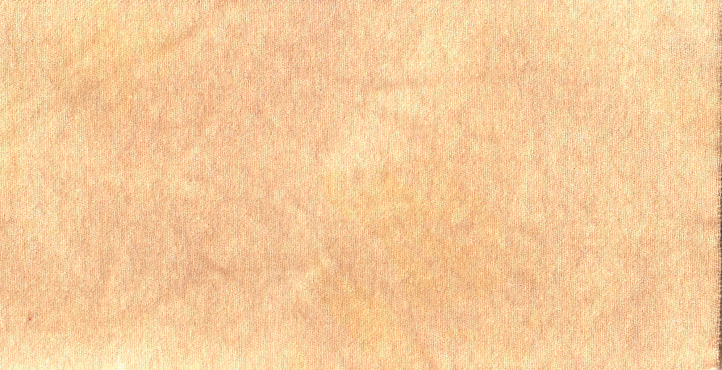
Sand
Sand
To make Sand, use 1 Tbsp. of Formula 3.
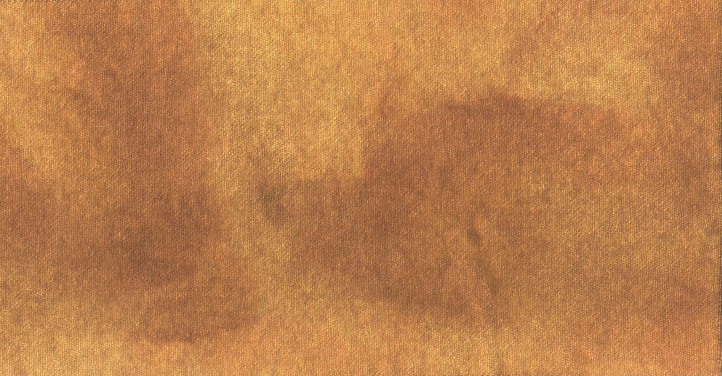
Sweet Patata
Sweet Patata
To make Sweet Patata, add the whole 1/2 cup plus or minus 1 Tbsp. of Formula 3.
FORMULA 4
In 1/2 c. water, add:
1/64 tsp. Yellow
1 toothpick (damp, dipped in 1/2″) Blue
1 toothpick (damp, dipped in 1/2″) Red
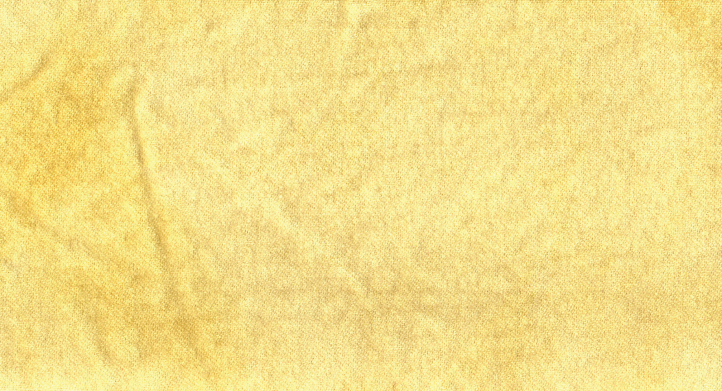
Lemon Chiffon
Lemon Chiffon
To make Lemon Chiffon, use 1 Tbsp. of Formula 4.

Antiquity
Antiquity
To make Antiquity, add the whole 1/2 cup plus or minus 1 Tbsp. of Formula 4.
MEDIUM COLORS
Next, I made some medium colors for you, though please note that you can make these both dark and light by adding more wool for light pieces or multiplying the recipes by at least 4 for darks.
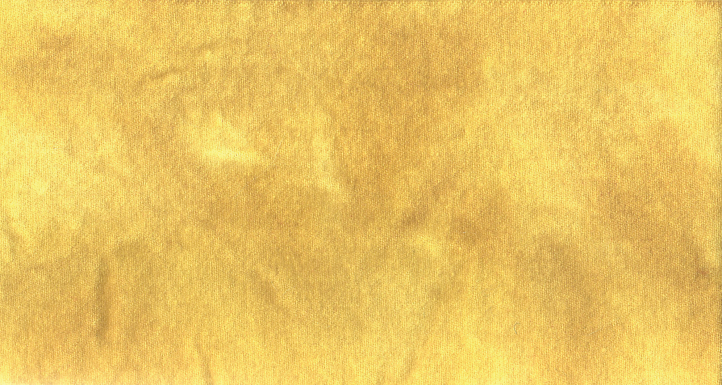
Rajah
Rajah
1/128 tsp. Yellow
1 toothpick (damp, dipped in 1/4″) Chocolate Brown
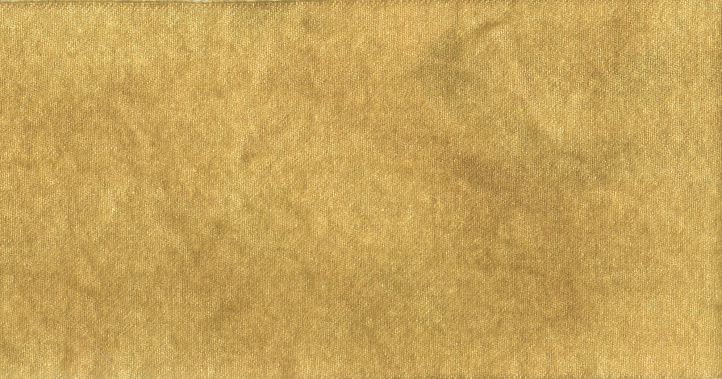
Lemon Decay
Lemon Decay
1/128 tsp. Yellow
1 toothpick (damp, dipped in 1/2″) Orange
1 toothpick (damp, dipped in 1/2″) Black
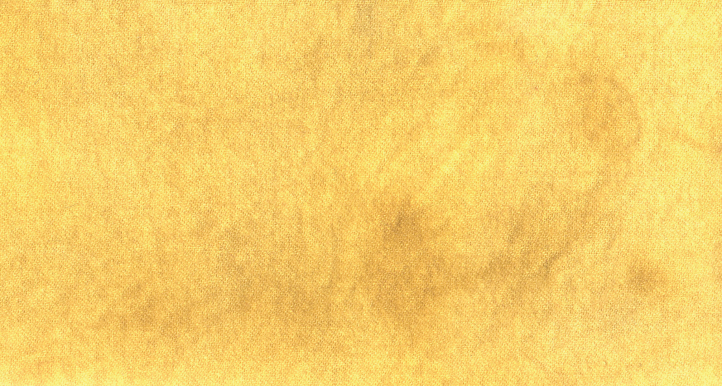
Lemon Tart
Lemon Tart
1/128 tsp. Yellow
A few grains of Black (just use the tip of a dry toothpick)

Inca Gold
Inca Gold
1/128 tsp. Yellow
1 toothpick (damp, dipped in 1/4″) Orange
1 toothpick (damp, dipped in 1/4″) Reddish Brown
A great yellow is so satisfying to hook with. I hope you try these recipes and enjoy the uplifting benefits of yellows in your wool projects. I know that solving the troubles with yellow has improved my outlook considerably! Try these hard-won tips and let me know if they work for you.
EVEN MORE YELLOW
Expand these recipes for 1/16 of a yard into recipes for:
1/4 yard (multiply by 4)
1/64 tsp. x 4 = 1/16 tsp.
1/128 tsp. x 4 = 1/32 tsp.
1 toothpick 1/2″ x 4 = 2″ of wet toothpick
1 toothpick 1/4″ x 4 = 1″ of wet toothpick
1/2 yard (multiply by 8)
1/64 tsp. x 8 = 1/8 tsp.
1/128 tsp. x 8 = 1/16 tsp.
1 toothpick 1/2 ” x 8 = 1/256 tsp.
1 toothpick 1/4″ x 8 = 2″ of wet toothpick
1 yard (multiply by 16)
1/64 tsp. x 16 = 1/4 tsp.
1/128 tsp. x 16 = 1/8 tsp.
1 toothpick 1/2 ” x 16 = 1/128 tsp.
1 toothpick 1/4 ” x 16 = 1/256 tsp.
